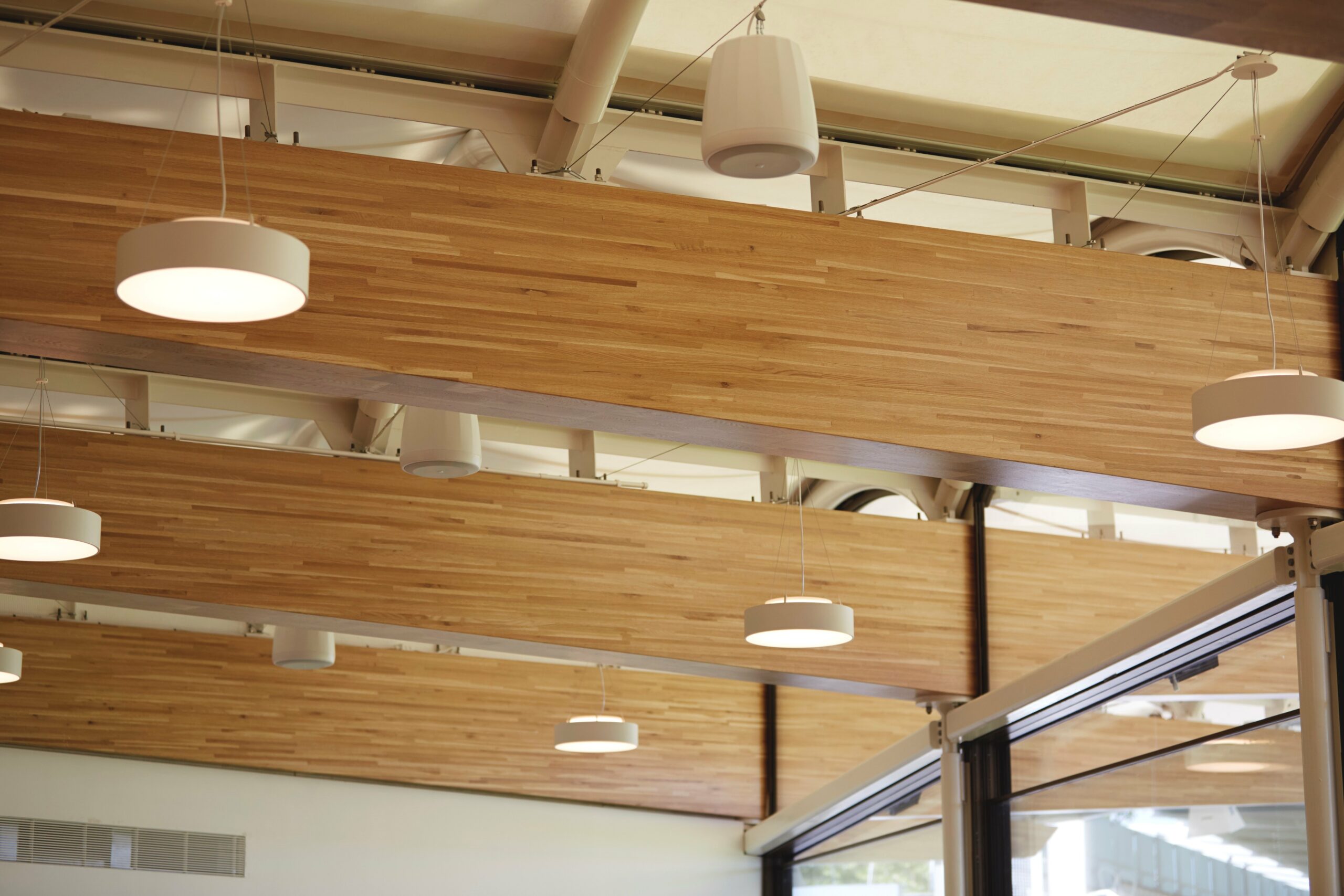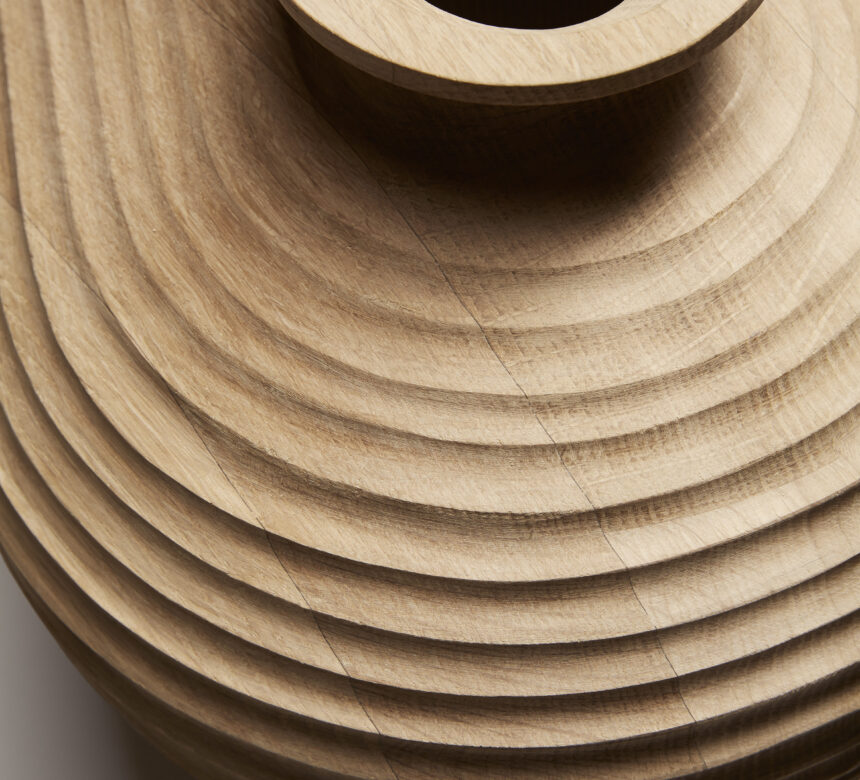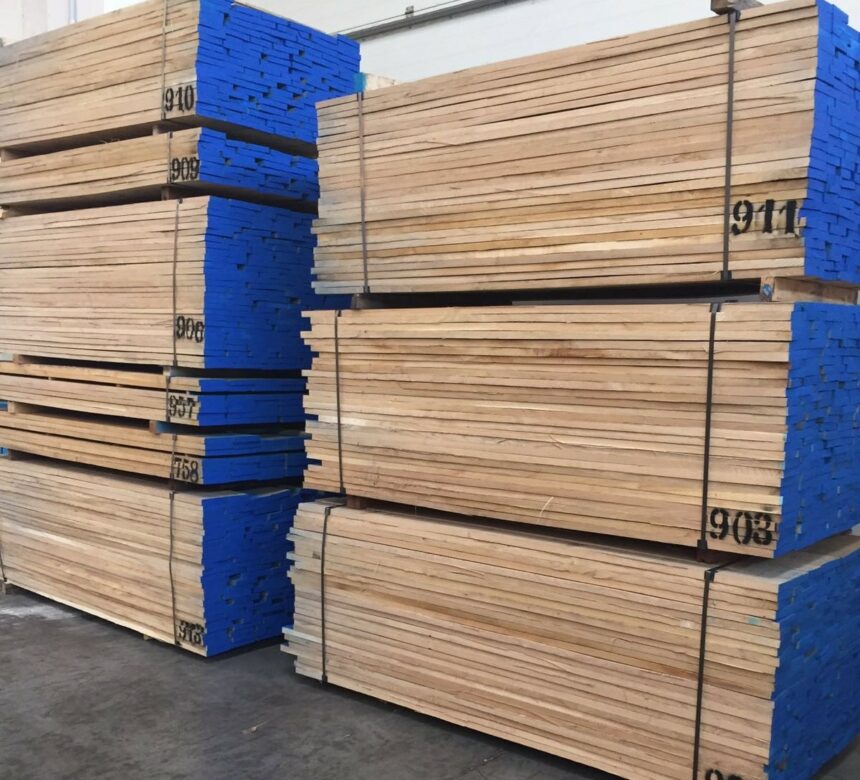European Oak vs American White Oak
20 Mar 2024
When deciding between European Oak and American White Oak for your project, it’s essential to consider several factors to ensure the wood aligns with your aesthetic preferences and functional requirements. Here’s a breakdown of the key considerations for each type:
European Oak
Aesthetic: European oak typically has a light brown colour with a golden or yellowish hue. It often features prominent grain patterns and medullary rays on quarter sawn surfaces, giving it a distinctive and elegant appearance. European oak is typically sawn through and through producing a mixture of plain sawn grain, straight grain and quarter sawn grain boards.
Usage: Due to its durability and strength, European oak is commonly used for high-quality furniture, flooring, and architectural elements such as beams and paneling. Its stability makes it suitable for intricate woodworking projects.
Characteristics: European oak tends to have a tighter grain compared to American white oak, which can contribute to its smoother appearance. It also exhibits excellent resistance to decay and moisture, making it suitable for outdoor applications with proper treatment.
American White Oak
Aesthetic: American white oak is more variable in colour due to widely differing growth conditions from the northern Appalachian mountains to the southern area. Colour can range from pale yellow-brown to mid-brown. The grain also varies depending on the source and most boards exhibit a plain sawn grain due to the differing North American method of cant sawing.
Usage: American white oak is versatile and widely used in various applications, including furniture making, flooring, cabinetry, and whiskey barrel production. Its strength, stability, and workability make it a preferred choice for predominantly internal projects.
Characteristics While American white oak shares some similarities with European oak, it may exhibit more variation in grain patterns and color due to regional differences and growing conditions. This variability can add character and charm to the finished product.
Consideration for both types:
Availability : Depending on your sourcing preferences, one type of oak may be more readily available or cost-effective than the other.
Project Requirements : Evaluate the specific demands of your project, such as environmental conditions, intended use, and desired lifespan, to determine which type of oak best suits your needs.
Affordability Factor: in the cost of materials, as well as any additional expenses associated with finishing, transportation, and maintenance, when making your decision.
In summary, when choosing between European oak and American white oak for your project, consider factors such as aesthetic preferences, intended use, availability, and budget to select the wood that best meets your requirements. Both types of oak offer unique characteristics and can lend beauty and functionality to a wide range of applications.
Having one of the largest stock holdings in White Oak in the UK gives Timber Connection a significant advantage in the market. Offering both American and European Oak provides customers with a wide range of options to choose from, catering to their specific preferences and requirements.


